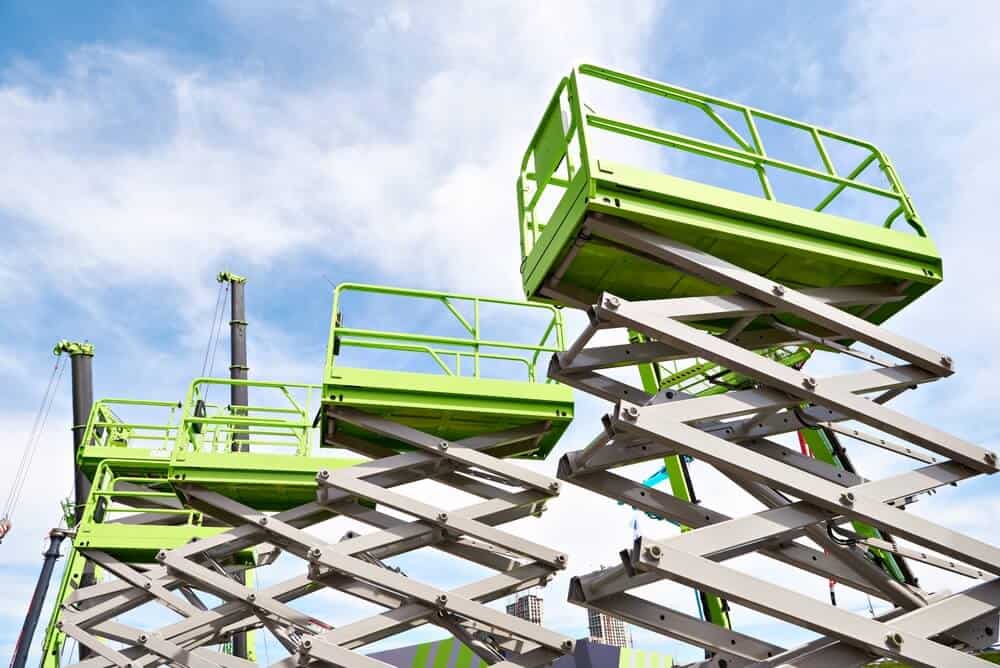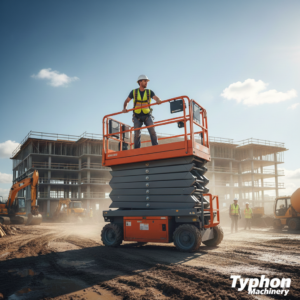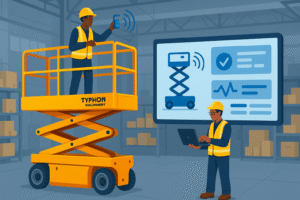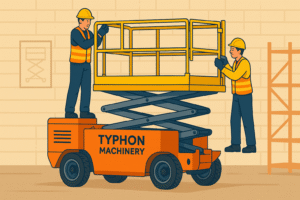Introduction to Scissor Lifts for Outdoor Construction
In the realm of outdoor construction, efficiency, safety, and adaptability are paramount. Scissor lifts are a critical component of this environment, offering a stable platform for workers to perform tasks at various heights. However, selecting the right scissor lift for your project can be daunting, given the myriad of models and features available. This article provides a detailed guide to help you make an informed decision when choosing the perfect scissor lift for your outdoor construction needs.
Understanding Scissor Lift Types and Their Uses
Scissor lifts come in various types, each designed to meet specific requirements of outdoor construction projects. The two primary categories are electric scissor lifts and rough terrain scissor lifts.
Electric Scissor Lifts:
These are ideal for projects that require a quiet, clean energy source without emissions. They’re perfect for work in environments where noise and pollution must be minimized, such as residential areas or near hospitals.
Rough Terrain Scissor Lifts:
Designed for uneven outdoor surfaces, rough terrain scissor lifts are equipped with reinforced tires and four-wheel drive capabilities. They can navigate through mud, gravel, and uneven ground, making them suitable for most outdoor construction sites.
Key Factors to Consider When Choosing a Scissor Lift
Height and Weight Capacity:
Determine the maximum height you need to reach and the weight of the materials and workers that will be on the platform. Ensure the scissor lift you choose can safely accommodate both.
Platform Size:
The size of the platform should be sufficient to provide enough working space for operators and their tools. It should also fit within the work area without causing obstructions.
Mobility and Maneuverability:
Consider how easily the scissor lift can move around the job site. Compact models with tight turning radii are beneficial for sites with limited space.
Power Source:
Decide between electric, diesel, or hybrid power based on the project’s location and power availability. Electric models are quieter and cleaner, while diesel-powered lifts offer more power and longer run times.
Durability and Reliability:
Opt for a scissor lift that is built to withstand the rigors of outdoor construction. It should have a robust construction with reliable components that require minimal maintenance.
Safety Features:
Safety is non-negotiable. Look for lifts with guardrails, emergency stop buttons, tilt sensors, and other safety mechanisms to protect operators.
The Importance of Terrain Adaptability in Outdoor Construction
The terrain of your construction site will significantly influence your choice of scissor lift. Rough terrain models typically feature higher ground clearance, powerful engines, and durable tires. These features allow them to perform reliably on challenging surfaces. Some models also come with automatic leveling capabilities, ensuring a stable platform even on slopes.
Cost Considerations: Balancing Budget and Performance
While cost is always a consideration, it should not be the sole deciding factor. A lower upfront cost might lead to higher maintenance expenses or reduced productivity if the lift isn’t suited to your needs. Evaluate the total cost of ownership, including purchase price, maintenance costs, fuel consumption, and potential downtime.
Scissor Lift Accessories for Enhanced Functionality
Various accessories can enhance the functionality of your scissor lift. These include tool trays, pipe racks, extension decks for increased workspace, and weatherproofing kits for operation in various weather conditions. Determine which accessories are necessary for your project to ensure maximum efficiency.
Training and Certification: Ensuring Safe Operation
Proper training is essential for the safe operation of scissor lifts. Operators must be certified and familiar with the specific model they will be using. Regular training updates are also important to keep up with best practices and new safety regulations.
The Role of Manufacturer Support and Service
When selecting a scissor lift, consider the level of support offered by the manufacturer or dealer. Access to prompt service, repair facilities, and spare parts can minimize downtime and keep your project on schedule.
Conclusion: Making an Informed Choice
Choosing the right scissor lift for your outdoor construction project is a critical decision that impacts safety, productivity, and budget. By considering factors such as height requirements, platform size, power source, terrain adaptability, safety features, cost, and manufacturer support, you can select a lift that meets your specific needs. Remember to prioritize operator training and certification to ensure safe and efficient use of your chosen scissor lift.
With this comprehensive guide, you’re now equipped to make an informed decision that will contribute to the success of your outdoor construction projects. A well-chosen scissor lift is not just a tool; it’s an investment in the efficiency and safety of your operations.





